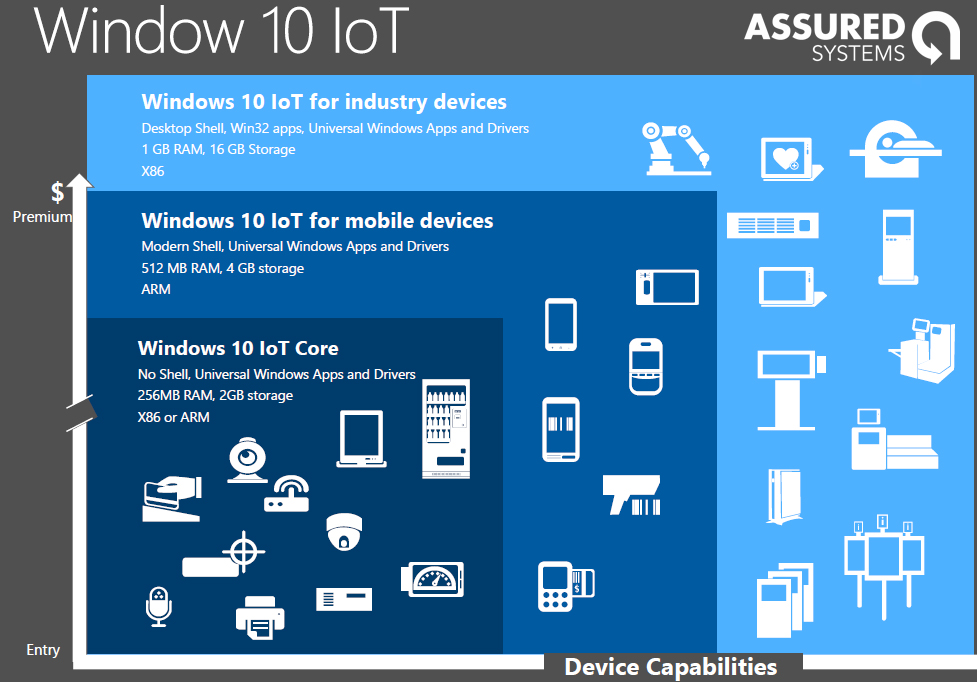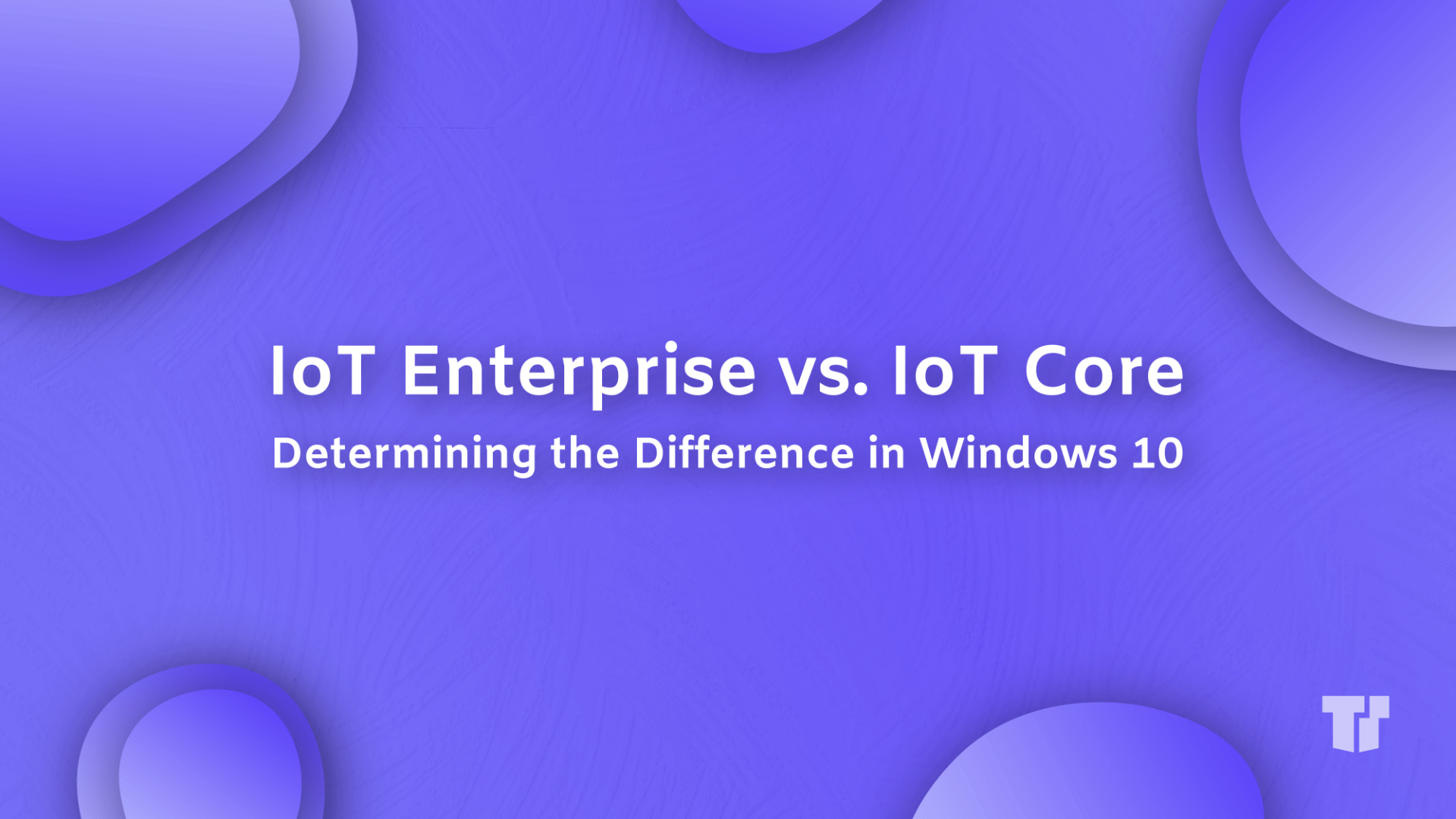

(Note: Computerworld intends to continue using LTSB, at least in the short run, as it, not LTSC, is the better-known acronym.) How often does the LTSC update Windows 10 LTSB? But then, it is Microsoft we're talking about. When Microsoft dropped multiple labels for Windows 10's release tracks – those now retired included "Current Branch" and the unwieldy "Current Branch for Business" – for the single "Semi-Annual Channel" (SAC) it also debuted "Long-term Servicing Channel" (LTSC) to match.Īlthough LTSC could be viewed as the mechanism that updated and upgraded the actual operating system, which went by the LTSB moniker, Microsoft has shifted to using the former exclusively and ditching the latter. If LTSB stands for 'Long-term Servicing Branch,' what's this 'LTSC' acronym I've seen? That means fewer changes during a set timeline, a less-involved upgrade effort, and fewer disruptions as well as fewer possibilities for applications breaking because of a modification of the OS. Where other Windows 10 servicing models push feature upgrades to customers every six months, LTSB does so only every two or three years. Officially, LTSB is a specialized edition of Windows 10 Enterprise that promises the longest intervals between feature upgrades of any version of the operating system. Just what is LTSB? And what has Microsoft done to make it an afterthought?


That hasn't happened, in part because Microsoft has steered customers away from LTSB. For a time, it seemed that it had a shot at becoming the Windows 10 for enterprise because it was seen as a calm port in a storm of radical change. LTSB, which stands for "Long-term Servicing Branch," was among the pillars of Windows 10 in the months leading up to, and for months after, the mid-2015 roll-out of the operating system. Windows 10 powered to its third anniversary this year, but one branch, identified by the initials L-T-S-B, remained an enigma to most corporate users.


 0 kommentar(er)
0 kommentar(er)
